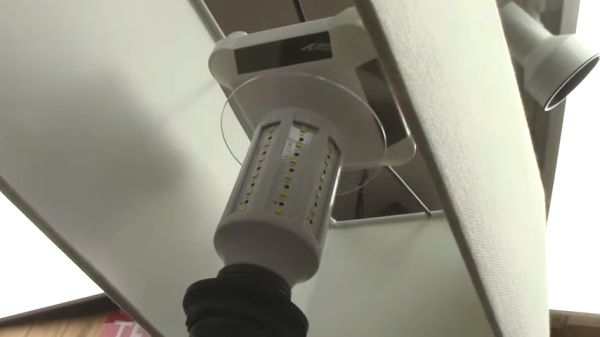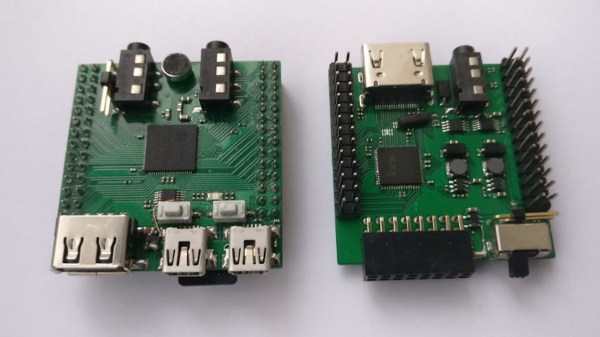Whenever there is a large manufacturer of a popular product in the tech space, they always attract tales of near-mythical prototypes which would have changed everything on the spot had they just not been cancelled by the bean counters. The Sony-Nintendo PlayStation prototypes for example, or any of a number of machines inexplicably axed by Commodore.
Apple is no exception. They brought the instantly forgettable twentieth anniversary Mac and the pretty but impractical G4 Cube to market, but somehow they rejected the Jonathan, a razor-sharp modular machine from the mid-1980s.
It’s easy after so long associating Apple with the Mac to forget that in the mid-80s it was simply one of their several computer lines, and not the most successful one at that. The 16-bit machine was something of a slimmed-down evolution of the Lisa, and it thus it doesn’t necessarily follow that every other Apple machine of the day also had to be a Mac. Into this would have come the Jonathan, a high-end modular machine bridging the gap between domestic and business computing, with a standard bus allowing processor modules for different operating systems, and upgrades with standard “books”, hardware modules containing peripherals, not all of which would have come from Apple themselves. It would have been Apple’s first 32-bit machine, but sadly it proved too adventurous for their management, who feared that it might tempt Apple users into the world of DOS rather than the other way round.
What strikes us about the Johnathan is how out of place it looks on a 1980s desk, it would be the mid-1990s before we would come close to having machines with these capabilities, and indeed we’ve never seen anything quite as adventurous hardware-wise. It’s certainly not the only might-have been story we’ve seen though.


















